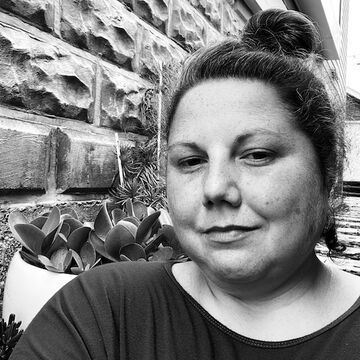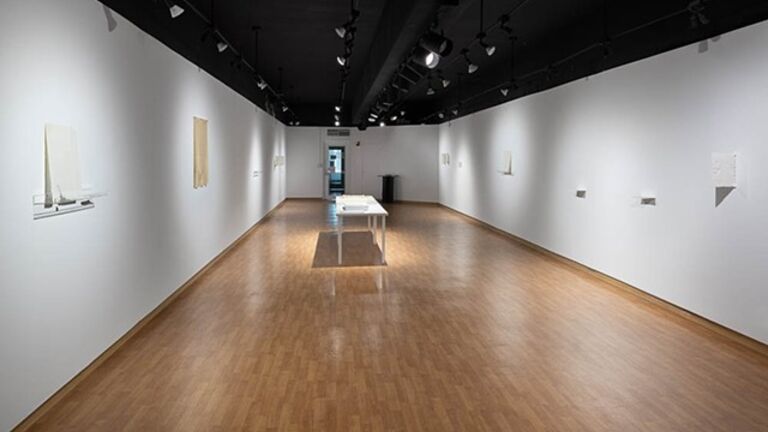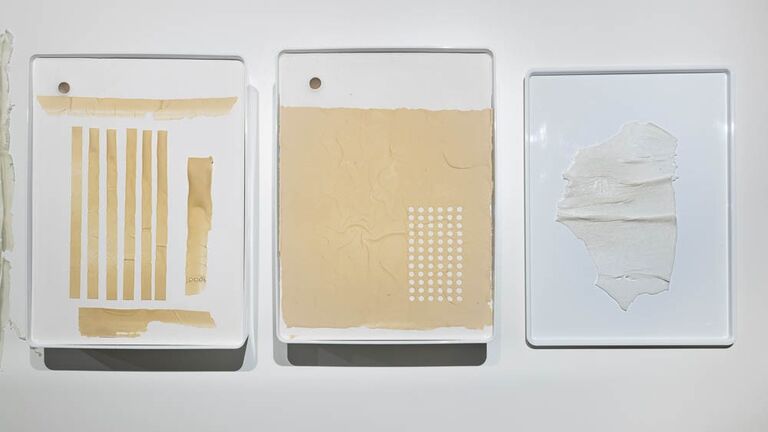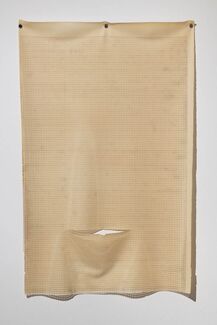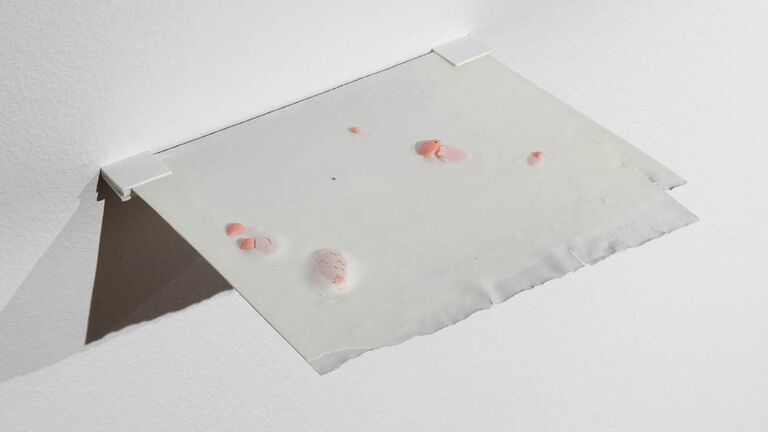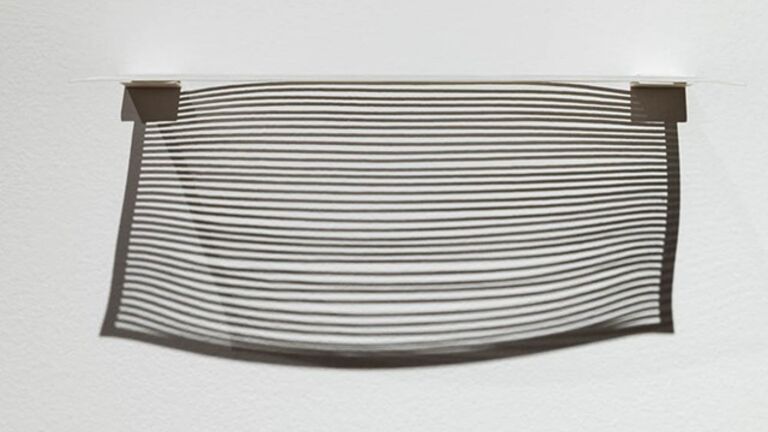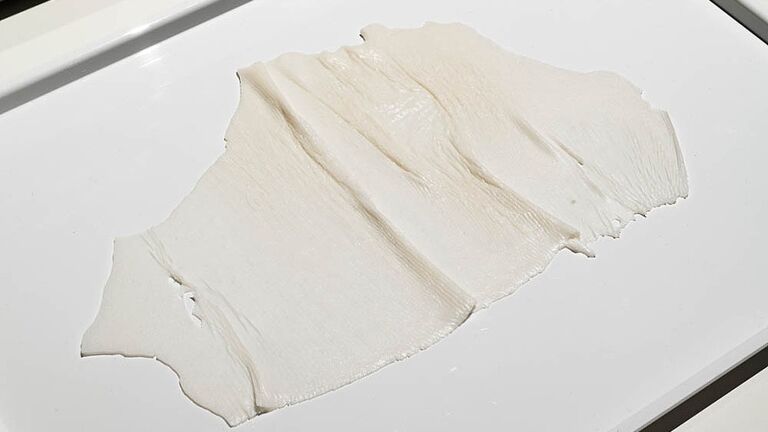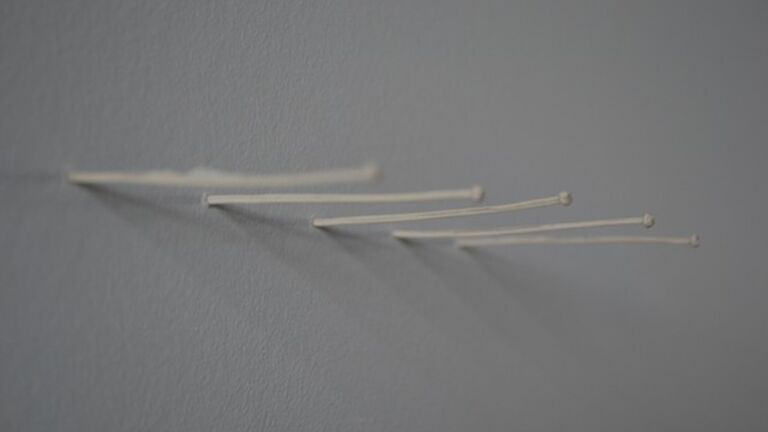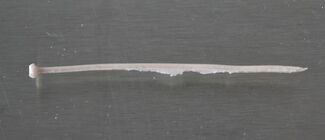| Throwing: Multilevel |
Ceramics |
2005 (001) |
Spring 2024 |
|
Description
This multilevel class is for students with or without experience in wheel throwing. Beginning students are introduced to ideas, materials and techniques for throwing vessels. They acquire the necessary skills to construct and analyze a wide range of vessel forms. Intermediate and advanced students continue their individual development of throwing, glazing and firing kilns. Course discussions focus on issues around the vessel to acquire critical understanding of containers and their functions, as well as using the wheel as a means for constructing sculptural forms.
|
Class Number
1141
Credits
3
|
| Top: Ceramic Surfaces & Skins |
Ceramics |
3035 (003) |
Fall 2024 |
|
Description
The question of what happens if... is always asked. This class takes on this question and allows for those experimental answers to be developed into distinctive surfaces on ceramic. The unique possibilities of materials used traditionally and experimentally with clay to develop unique skins. Decoration, pattern, design, print and painting incorporating techniques including glaze, slip, decals, etching and many others will be demonstrated. The normal function of glaze is treated technically in this class however we also examine the conceptual ideas of glaze. Ideas of skin, cover, shell, membrane, crust, coating, rind, peel, film, coat, casing, tissue, layer and other ideas of these conceptual themes are explored in this class. We will look at many artists including historical and contemporary artists. Some artists include Jim Melchert’s Changes Performance, Phobe Cummings, Roberto Lugo, Ken Price, Ron Nagle, Brian Rochefort, Ramesh Mario Nithiyendran, Tyler Lotz, Erin Furimsky, Takuro Kuwata, Peter Pincus, Sergei Isupov, Jun Kaneko, Betty Woodman, Merek Cecula, Linda Swanson, Grayson Perry, Paul Scott, HAAS Brothers, Caroine Slotte and Magdalene Odundo, Magdalena Suarez Frimkess to name some of the artists that are explored conceptually and technically within this course. Students are expected to give one presentation on an artist of choice dealing with surface and provide one reading on that artist a group discussion will follow each presentation. This course will allow students to create two self-directed projects along with this there is the production of weekly explorations on glaze and surface that are discussed as a group allowing for the exchange of knowledge.
|
Class Number
2206
Credits
3
|
| Multiples |
Ceramics |
4040 (001) |
Spring 2024 |
|
Description
In their work students will consider the possibilities of 'multiples' as duplicate, copy, replica, counterfeit, translation, group, growth, repetition, representation, pattern making, modular system, edition, progression, mutation, doppelganger, imitation, clone, reproduction, sequence, symbolism, mass production, additions over time and more. What does it mean to create in Multiples? Why make so many at this point in time when we live in a world where we already have so many objects? These are just some of the questions that the class will take on. All techniques in conjunction with clay will be used in this class. However, there will be demonstrations on making multiple part molds and slip casting, jiggering, glaze and surface manipulation. Some artist that we will study in this course include Paul Cummins, Rachel Kneebone, Caroline Slotte, Susan York, Richard Shaw, Wendy Walgate, Alexandra Englelfriet, Edmund de Waal, Walter McConnell, Bonnie Kemske, Hella Jongerius, Belinda Blignaut, Janet Deboos, Gabriel Orozco, Alissa Volchkova, Dylan Beck. Readings will come from a variety of sourse some of which might include Thinking Through Craft by Glen Adamson, Vitamin C: Clay and Ceramic in Contemporary Art by Clare Lilley and CRAFT edited by Tanya Harrod, The White Road by Edmund De Waal. This course will allow students to create two self-directed projects. Students should to be able to produce a one and two part mold on their own upon the completion of this class.
|
Class Number
2068
Credits
3
|
| Multiples |
Ceramics |
4040 (001) |
Fall 2024 |
|
Description
In their work students will consider the possibilities of 'multiples' as duplicate, copy, replica, counterfeit, translation, group, growth, repetition, representation, pattern making, modular system, edition, progression, mutation, doppelganger, imitation, clone, reproduction, sequence, symbolism, mass production, additions over time and more. What does it mean to create in Multiples? Why make so many at this point in time when we live in a world where we already have so many objects? These are just some of the questions that the class will take on. All techniques in conjunction with clay will be used in this class. However, there will be demonstrations on making multiple part molds and slip casting, jiggering, glaze and surface manipulation. Some artist that we will study in this course include Paul Cummins, Rachel Kneebone, Caroline Slotte, Susan York, Richard Shaw, Wendy Walgate, Alexandra Englelfriet, Edmund de Waal, Walter McConnell, Bonnie Kemske, Hella Jongerius, Belinda Blignaut, Janet Deboos, Gabriel Orozco, Alissa Volchkova, Dylan Beck. Readings will come from a variety of sourse some of which might include Thinking Through Craft by Glen Adamson, Vitamin C: Clay and Ceramic in Contemporary Art by Clare Lilley and CRAFT edited by Tanya Harrod, The White Road by Edmund De Waal. This course will allow students to create two self-directed projects. Students should to be able to produce a one and two part mold on their own upon the completion of this class.
|
Class Number
1005
Credits
3
|

